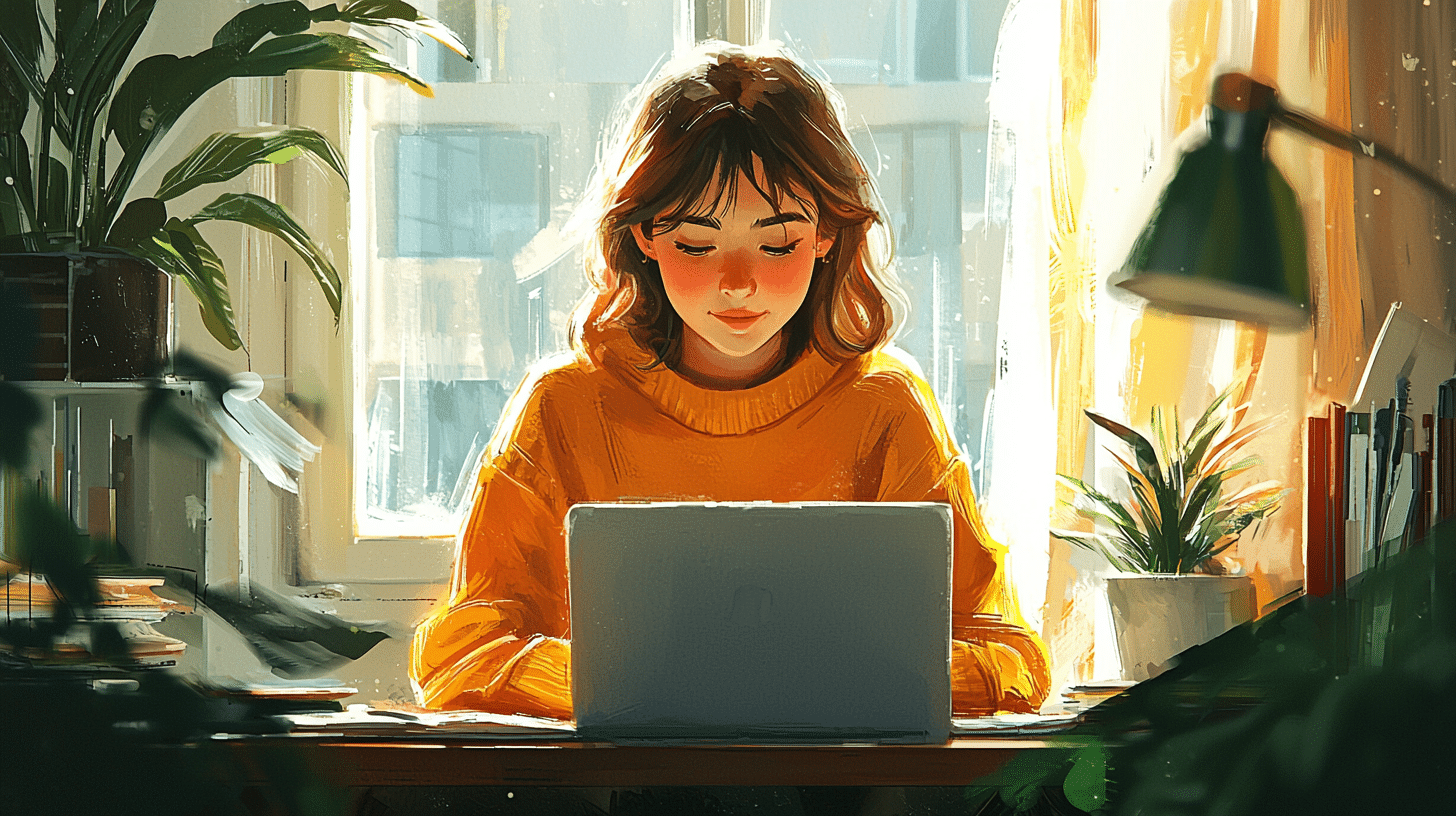Italy is renowned for its rich cultural heritage, exquisite art, and historical landmarks. For language learners, delving into the world of Italian art and culture not only enhances vocabulary but also offers a deeper understanding of Italy’s social fabric. Whether you’re planning a trip to Italy, want to impress your Italian friends, or simply have a passion for art and culture, this guide will equip you with the necessary vocabulary and expressions to talk about these subjects in Italian.
Understanding Basic Vocabulary
Before diving into detailed discussions, it’s essential to familiarize yourself with some basic vocabulary related to art and culture.
Arte (Art) – The general term for art.
Cultura (Culture) – The general term for culture.
Pittura (Painting) – Refers to paintings and the act of painting.
Scultura (Sculpture) – Refers to sculptures and the art of sculpting.
Mostra (Exhibition) – An art exhibition.
Museo (Museum) – A place where artworks are exhibited.
Artista (Artist) – A person who creates art.
Opera d’arte (Work of art) – A piece of art.
Discussing Art in Italian
When talking about art, you might find yourself describing a particular piece or discussing an artist’s work. Here are some phrases and vocabulary that can help you articulate your thoughts.
Descrivere un’opera d’arte (Describing a work of art):
“La pittura rappresenta un paesaggio tranquillo.”
(The painting depicts a peaceful landscape.)
“L’opera d’arte è piena di colori vivaci.”
(The work of art is full of vibrant colors.)
“La scultura è fatta di marmo.”
(The sculpture is made of marble.)
Parlare di un artista (Talking about an artist):
“Leonardo da Vinci è uno degli artisti più famosi della storia.”
(Leonardo da Vinci is one of the most famous artists in history.)
“Michelangelo era un maestro della scultura.”
(Michelangelo was a master of sculpture.)
“Questa mostra presenta le opere di Caravaggio.”
(This exhibition features the works of Caravaggio.)
Adjectives to Describe Art
Using descriptive adjectives can help you convey your thoughts more vividly. Here are some useful adjectives:
Bello/bella (Beautiful) – “La pittura è molto bella.”
(The painting is very beautiful.)
Affascinante (Fascinating) – “Il dipinto ha un effetto affascinante.”
(The painting has a fascinating effect.)
Espressivo/ espressiva (Expressive) – “La scultura è molto espressiva.”
(The sculpture is very expressive.)
Moderno/moderna (Modern) – “Preferisco l’arte moderna.”
(I prefer modern art.)
Classico/classica (Classical) – “Adoro l’arte classica.”
(I love classical art.)
Talking About Cultural Activities
Italy’s cultural scene is vibrant and diverse. From operas to festivals, there is always something happening. Here’s how you can talk about cultural activities in Italian.
Eventi culturali (Cultural events):
“Stasera andiamo a un concerto di musica classica.”
(Tonight we are going to a classical music concert.)
“C’è una mostra d’arte contemporanea al museo.”
(There is a contemporary art exhibition at the museum.)
“Partecipiamo a un festival di cinema italiano.”
(We are participating in an Italian film festival.)
Parlare di teatro e opera (Talking about theater and opera):
“Andiamo a vedere un’opera di Verdi al teatro.”
(We are going to see an opera by Verdi at the theater.)
“Mi piace molto il teatro classico.”
(I really like classical theater.)
“L’opera lirica è una parte importante della cultura italiana.”
(Opera is an important part of Italian culture.)
Describing Cultural Experiences
When you attend a cultural event, you might want to share your experience. Here are some expressions that can help:
“Lo spettacolo è stato emozionante.”
(The show was exciting.)
“La performance degli attori è stata straordinaria.”
(The actors’ performance was extraordinary.)
“Il festival è stato unico e indimenticabile.”
(The festival was unique and unforgettable.)
Historical and Cultural Landmarks
Italy is home to numerous historical landmarks and cultural sites. Knowing how to talk about these places can enrich your conversations and travel experiences.
Parlare di monumenti storici (Talking about historical monuments):
“Il Colosseo è uno dei monumenti più famosi di Roma.”
(The Colosseum is one of the most famous monuments in Rome.)
“La Torre di Pisa è un simbolo dell’Italia.”
(The Leaning Tower of Pisa is a symbol of Italy.)
“Il Duomo di Milano è una cattedrale gotica straordinaria.”
(The Milan Cathedral is an extraordinary Gothic cathedral.)
Esprimere ammirazione (Expressing admiration):
“Che meraviglia!”
(How wonderful!)
“È davvero impressionante.”
(It is truly impressive.)
“Non ho mai visto niente di simile.”
(I have never seen anything like this.)
Engaging in Conversations About Art and Culture
Engaging in meaningful conversations about art and culture requires not only vocabulary but also the ability to ask questions and express opinions. Here are some helpful phrases:
Fare domande (Asking questions):
“Chi è il tuo artista preferito?”
(Who is your favorite artist?)
“Hai mai visitato questo museo?”
(Have you ever visited this museum?)
“Qual è il tuo movimento artistico preferito?”
(What is your favorite art movement?)
Esprimere opinioni (Expressing opinions):
“Secondo me, questo quadro è un capolavoro.”
(In my opinion, this painting is a masterpiece.)
“Non sono d’accordo, preferisco l’arte contemporanea.”
(I disagree, I prefer contemporary art.)
“Penso che l’arte sia un riflesso della società.”
(I think art is a reflection of society.)
Common Art Movements in Italian
Knowing the names of common art movements can also be useful in discussions:
Rinascimento (Renaissance) – “Il Rinascimento è un periodo di grande sviluppo culturale.”
(The Renaissance is a period of great cultural development.)
Barocco (Baroque) – “L’arte barocca è caratterizzata da dettagli elaborati.”
(Baroque art is characterized by elaborate details.)
Impressionismo (Impressionism) – “L’impressionismo è noto per i suoi colori brillanti e le pennellate visibili.”
(Impressionism is known for its bright colors and visible brushstrokes.)
Resources for Learning More
To further enrich your vocabulary and understanding of Italian art and culture, consider the following resources:
Libri (Books):
– “Storia dell’arte italiana” by Giulio Carlo Argan
– “L’arte spiegata ai miei figli” by Philippe Daverio
Film e documentari (Films and documentaries):
– “La Grande Bellezza” (The Great Beauty) by Paolo Sorrentino
– “Raffaello: Il Principe delle Arti” (Raphael: The Prince of Arts)
Visite virtuali (Virtual tours):
– The Vatican Museums offer virtual tours of their collections.
– The Uffizi Gallery in Florence also provides online tours of its masterpieces.
App di apprendimento linguistico (Language learning apps):
– Duolingo offers courses in Italian with a focus on various topics, including art and culture.
– Babbel provides practical dialogues and vocabulary exercises related to cultural topics.
Conclusion
Discussing art and culture in Italian can be a rewarding experience that opens up new avenues for learning and connection. By expanding your vocabulary and practicing these expressions, you’ll be well-equipped to engage in meaningful conversations about Italy’s rich artistic and cultural heritage. Remember, the key to mastering a language is practice and immersion, so don’t hesitate to explore museums, read books, watch films, and, most importantly, converse with native speakers. Buona fortuna (Good luck)!

